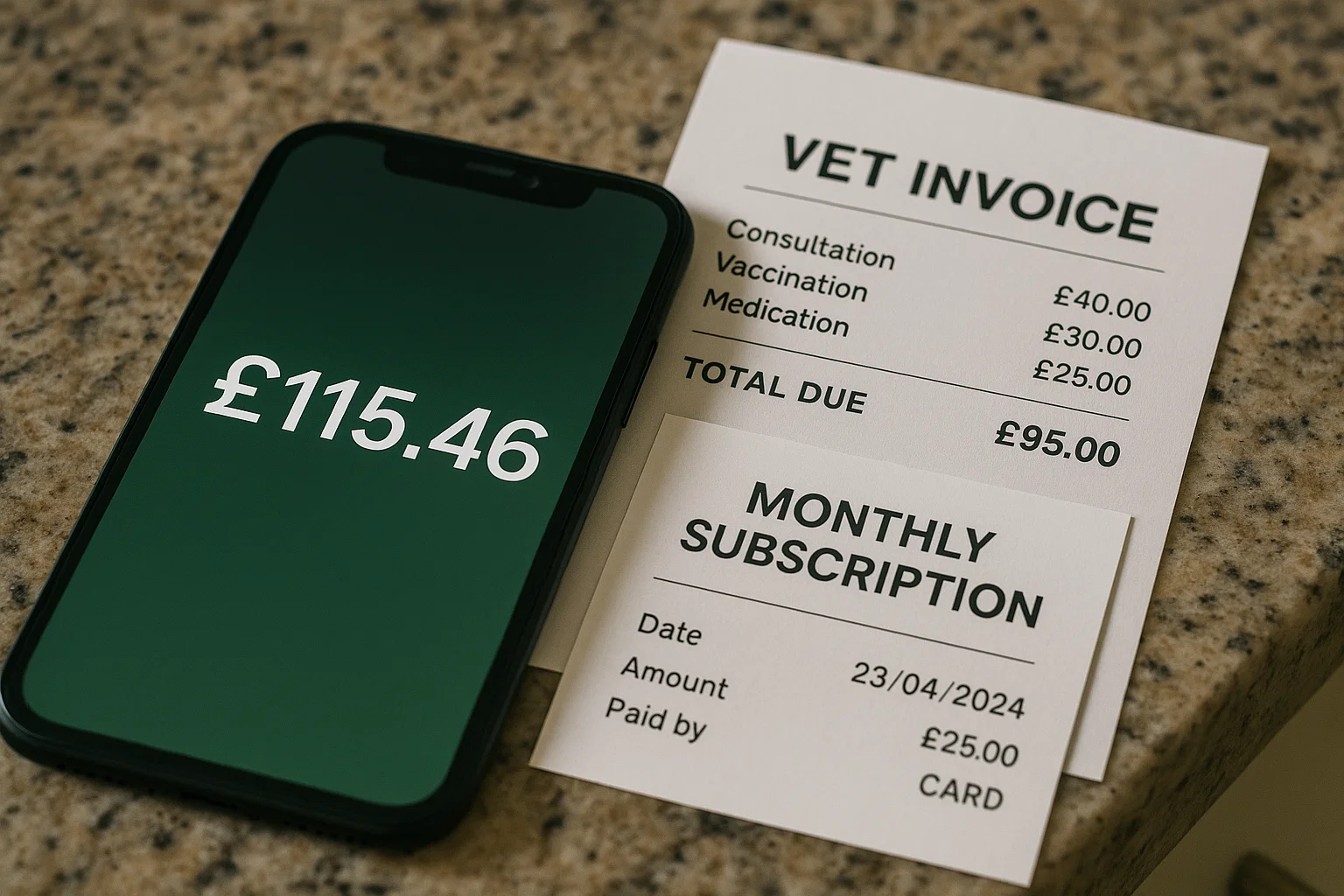If you’re about to set up an IVA or are already a few months in, you’ve probably had the basics explained. You know you’ll need to stick to a budget, keep up with agreed payments and avoid new borrowing. However, when it comes to IVA spending restrictions, most people are only told half the story. The reality is, the small everyday decisions you make can trigger unexpected stress, especially if you’re unsure what’s allowed and what might raise red flags.
This blog goes beyond the usual vague advice and into the practical rules people often discover too late. Whether you’re choosing between an IVA or a debt management plan, or trying to stay compliant once your IVA starts, understanding the financial boundaries is essential.

What IVA Spending Restrictions Actually Mean in Practice
IVA spending limits aren’t just about stopping luxury purchases. They apply to everyday categories like food, clothing and even subscriptions. Your insolvency practitioner will use the Standard Financial Statement to assess what’s reasonable based on national averages, not personal lifestyle.
These spending guidelines help determine your monthly payments, overspending repeatedly may indicate the plan isn’t affordable. If that happens, your IVA could be at risk of failing, meaning you’d no longer be protected by the legally binding agreement and you may have to deal with creditors directly again.
Why You Might Be Told Different Things Depending on the Provider
Different IVA providers apply the rules in different ways. One IVA provider might allow slightly more flexible budgeting, while another could take a stricter stance. This inconsistency can catch people off guard, especially when they’ve compared options and been told different things by each company.
The key is to ask specific questions before committing. Make sure you know how each company handles spending reviews, income changes and unexpected expenses. The more you know about their policies upfront, the more prepared you’ll be if your situation changes later.

Can You Spend Money on Gifts, Holidays or Celebrations?
You’re allowed to buy gifts or spend money on holidays, but only if it fits within your single monthly payment budget. If you receive a lump sum from a bonus or family member, you’ll usually be expected to declare it and it may have to go toward your IVA instead of personal spending.
IVA clients are often surprised to learn that even generous gestures like charity donations or birthday presents can be questioned. It’s not about being controlling, it’s about keeping your individual voluntary arrangement affordable and fair to creditors, especially if you still owe money.
What Happens If You Go Over Budget?
Small one-off overspends might be tolerated, especially if explained, but a pattern of poor budgeting will trigger concern. If your IP sees that you’re not sticking to the agreed budget, they may raise concerns or even declare that the IVA fails.
To avoid this, communicate early. If you’re struggling with bills or running short every month, speak up. It’s far easier to adjust your monthly IVA payment or grant a temporary break than to fix a collapsed agreement.

Spending That Trips People Up More Than You’d Expect
Several spending areas tend to cause issues. Bank accounts with high fees or linked credit options can be questioned. So can recurring payments for tech, streaming services, or pet care. Even mobile upgrades might be flagged, especially if they increase monthly outgoings significantly.
Another tricky one is pension contributions. If you’re paying into a personal or workplace pension but struggling to cover your IVA, your IP might ask for changes. Some IPs consider pension payments essential, while others treat them as negotiable depending on your total debt and income.
Are the Rules the Same in a DMP?
A debt management plan is informal, so you aren’t bound by the same checks. You can technically spend however you want, but creditors could still contact you or change terms. It also won’t appear on the individual insolvency register because it’s not a formal process.
An IVA, by contrast, is a debt solution that offers legal protection but with more rules. Your credit rating will be impacted either way, but an IVA carries more structure and oversight, which can work for or against you depending on your preferences.
Can You Ever Get More Flexibility in an IVA?
Yes, particularly if your financial circumstances change. A pay rise, new expense, or drop in income can all trigger a reassessment. Your debt adviser may submit a revised IVA proposal or allow temporary payment relief to keep things on track.
Flexibility also depends on your provider. Some are quicker to adapt than others, if your plan no longer reflects your real expenses, don’t try to hide it. Open dialogue is the best way to avoid the stress of missed payments or plan failure.

Why IVA Spending Restrictions Can Actually Be a Good Thing
It’s tempting to view these restrictions as punishment, but many clients describe them as a turning point. For some, it’s the first time they’ve had proper control over their outgoings, tracked their credit file, or planned for emergencies.
Having a structure in place can change your mindset. The process can highlight spending habits that contributed to your financial problems, allowing you to address them head-on. With help from your IVA provider, that clarity can lead to long-term, positive change.
What to Take Away from This
Living within IVA spending restrictions can feel limiting, but those rules are there for a reason. If you understand them clearly, they can give you more control and not less. Sticking to your budget, being honest about income and asking for help when needed are what will help you become debt free.
Whether you’re thinking of starting an IVA or just want free debt advice on whether an IVA is right for you, make sure you understand what the day-to-day reality looks like. The paperwork is one thing, living with the choices is another, but with the right support from My Debt Plan, it’s absolutely doable.






